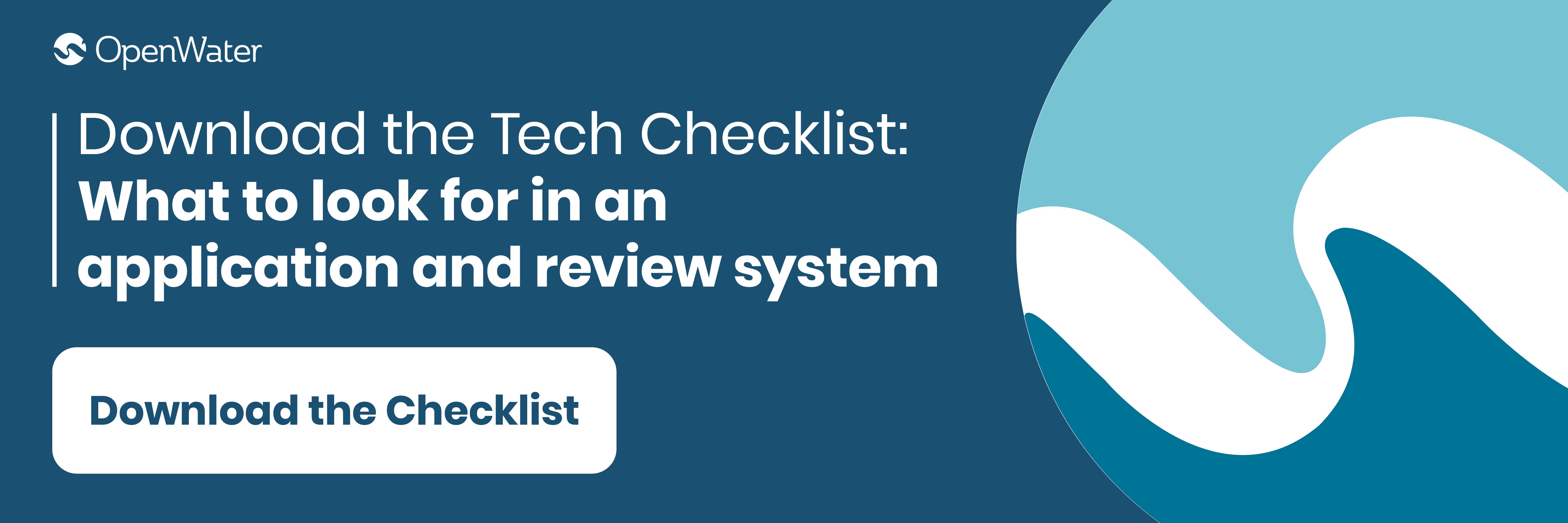
5 Tricks For Implementing New Technology in an Organization
Implementing new technology in an organization is never easy. The old guard will be set in their ways, and the new hires are already overwhelmed with everything else they already need to pick up. Very smart people have been picking apart the tech implementation puzzle since at least 1985.
Here are some of the best tricks we’ve picked up for overcoming the challenges of implementing new technology:
1. Unify Your Message at the Top
These days, technology implementation is not just IT’s job. It affects everyone.
Most staff members will use information technology on a daily basis, so it’s common to feel resistance when a new system is put in place. Employees want to feel competent and familiar in their responsibilities—new technology threatens the sense of safety we all crave as human beings.
The trick is to create a unified, positive message that rings loud and clear from top leadership (not just the IT department). Staff members need to hear they’ll be shepherded carefully through the change and that the new tech platform will benefit them directly. Communicate transparently and frequently about both the implementation process and the real gains end-users will experience.
2. Survey Staff Before Training
Implementing new technology in an organization won’t work with one-size-fits-all training. Give staff members a say in how they’ll access new knowledge.
For instance, you could survey employees on how they’d like to receive training about the new system: Live classroom-style instruction? Online? On a computer or via a mobile device? Build a technology implementation plan that will fit your organization’s preferences.
It also helps to figure out how your employees work on a day to day basis. The way the new product is configured should match the needs and processes of the real end-users.
3. Train in Bite-Sized Phases
Training should never become an afterthought. It’s easy to assume training will happen after product acquisition and launch. But when you wait until you start getting questions to design training, you’ll be juggling an operational system and growing support ticket volume with something that should have been an up-front, strategic process. This slows things down, creates added costs, and drains morale.
Start in the first week of deployment with just the essential launch features. Cater training to each department’s needs. Then, break down training after the initial install with a little new subject matter each week, while reinforcing the material from previous sessions.
4. Compile SOPs and Microlearning Tools
A digital knowledge base is critical to implementing new technology in an organization. All training resources, screengrabs, and checklists for common tasks should be combined into a “Standard Operating Procedures” asset that is easily accessible on your network. Build out this knowledge base with short video clips that include screenshots or screen recordings of a user demonstrating common and specialized tasks.
If you don’t have an internal network, post them to a YouTube channel for the organization. Microlearning tools help users refresh their memories and pick things up in manageable chunks, at their own speed. Some platforms, like our OpenWater submission management software, might even come with a pre-made package of online training tools.
5. Enlist Champions!
Train a few super-users before or right at the start of the deployment. These champions can circulate to assist the rest of your staff early in the implementation process, and also help the folks who miss training sessions catch up with the pack. They’re also perfect promoters of your SOP assets and microlearning tools. Implementing new technology in an organization is always easier with reinforcements.


